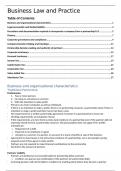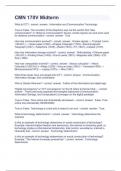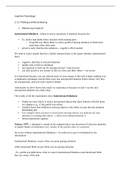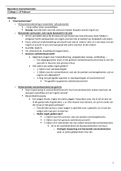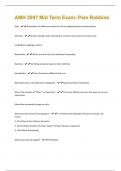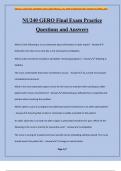Samenvatting
Summary SQE 1 - Business Law and Practice Revision Notes (FLK 1)
- Vak
- Instelling
Summarises everything you need to know for Business Law and Practice, including the core knowledge of Company Law. Carefully curated summary notes, aligned precisely with SRA guidelines, comprehensive and also tailored to the specifics of the SQE exam. Organised meticulously by sections and secti...
[Meer zien]
